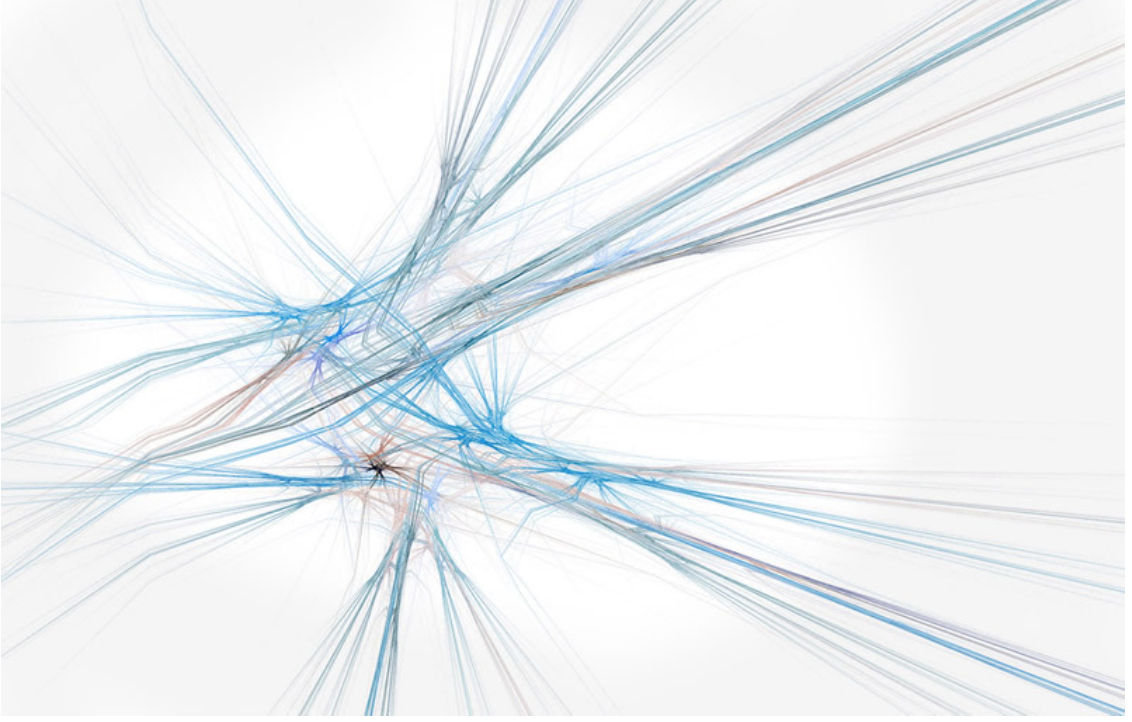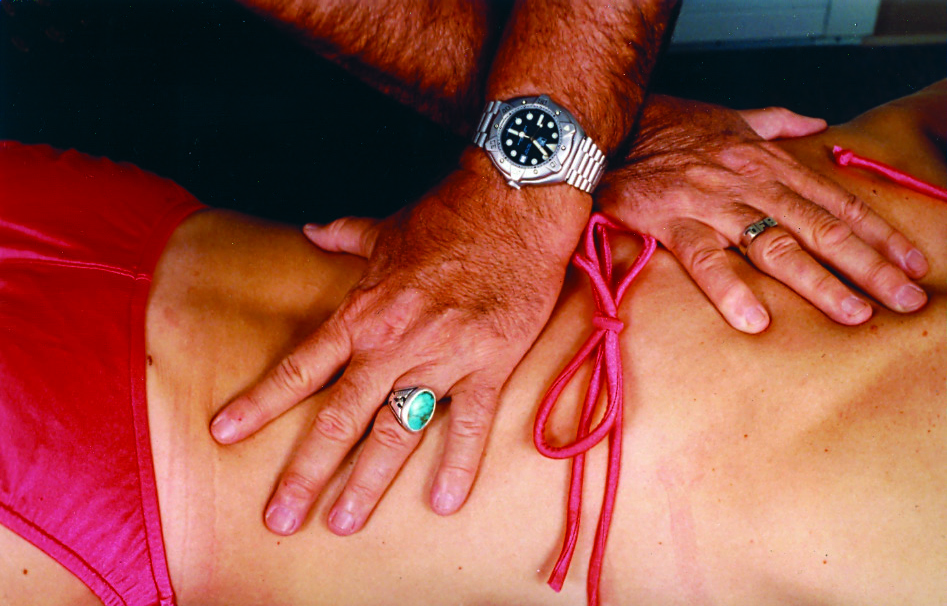The sustained pressure and stretch used during an MFR treatment is purposeful and powerful. And, it is what allows the piezoelectric effect to occur. The prolonged pressure on the fascia causes a chemical reaction to occur in the cells. The result of this reaction is electrical charges, or the piezoelectric effect. (2) These electrical charges have a many benefits:
1. Healing injuries: The electrical charges produced in the fascia by the piezoelectric effect may send signals to surrounding cells. These signals act as a messenger to tell cells to increase cellular activity of repair and regeneration to promote healing and recovery of damaged tissue. (3)

2. Tissue recovery: The electrical charges also help tissues heal by stimulating collagen, a protein in the body and the primary building block of fascia. These charges shift the tissue from a restricted and solid state to one that is relaxed and fluid. (4) This helps promote recovery, elasticity, and mobility.
3. Pain regulation: The electrical charges generated during MFR have a pain-relieving effect. It is documented that these charges interact with our nervous system through releasing mechanical pressure of nerve tissue and by nourishing nerve cells. In doing so, nerve tissue can heal and patients can see a great reduction in pain. (5)


3. Pain regulation: The electrical charges generated during MFR have a pain-relieving effect. It is documented that these charges interact with our nervous system through releasing mechanical pressure of nerve tissue and by nourishing nerve cells. In doing so, nerve tissue can heal and patients can see a great reduction in pain. (5)
Targeted Approach vs. Generalized Approach: Myofascial release is a whole-body approach, and also a targeted approach that focuses on releasing tension and restrictions in the fascia, specifically. Massage therapy is a more generalized approach. During a treatment session, multiple body regions will be treated. Although some areas may be more targeted than others, it tends to be more generalized and has little to no lasting effect on fascial health when compared to MFR.
Pace and Timing: Traditional massage sessions involve continuous movements. This tends to add a flowing quality to treatment sessions. In contrast, MFR treatments involve slower, deliberate hands-on contact. This approach allows the MFR practitioner to sense and respond to the patient. This is sometimes called ‘resonance’, or when the practitioner and patients’ energy meld. According to the leading expert in MFR, John F. Barnes, this is where true healing occurs. Resonance allows a MFR practitioner to sense and follow the fascia as it releases in order to access the deepest restrictions. The pace of MFR treatment sessions tend to be slower when compared to traditional massage therapy sessions.
Piezoelectric Effect in Myofascial Release: MFR treatments focus on the piezoelectric effect. As mentioned above, gentle, sustained pressure on fascia triggers the piezoelectric effect. (1) (2) This effect produces electrical charges. These electrical charges can have many benefits. Some benefits include tissue healing and repair, and improved health. (3) Traditional massage therapists do not focus on the piezoelectric effect and resonance, but more so strokes through the soft tissues using their hands and even massage tools.
Depth and Intensity: Traditional massage includes a variety of techniques. Depending on the particular type of massage, depth and intensity can vary. Hands-on kneading, tapping, and compression can be used to change depth and intensity. A deep tissue massage would likely be more intense than a Swedish massage. Additionally, a total body massage may be less intense than a massage targeted to one body region.

Sensation and Experience: Traditional massage treatments are often deeply relaxing and soothing. Treatment sessions may also tap into multiple senses. For example, calming music and essential oils may be used by a massage therapist to promote relaxation. Myofascial release treatments can also be soothing. However, as MFR practitioners work through different areas of restriction, some mild discomfort may be felt. This is often described as “good pain.” The discomfort felt during MFR treatments often indicates progress toward releasing tension and restoring optimal function of the system. Over the years, patients very often describe MFR as “profound” and “life changing”. How could this be? The easy answer is that MFR treatment is addressing the core of many pain conditions- the body’s physical response to injury and trauma and creating lasting change and health to the system.
Short-Term Benefits vs. Long-Term Benefits: Massage therapy can offer short-term benefits. Some of these benefits include relaxation, improved blood circulation, and temporary relief from muscle tension. While these benefits can be valuable for pain relief and comfort, they may not provide long-lasting results. MFR therapy, on the other hand, creates long-term changes in the fascial tissue. Apart from creating whole-body release of fascial restrictions, MFR also improves tissue hydration, promotes metabolic change, hormonal balance, and potentially mental/emotional health. Over time, this can lead to sustained improvements in flexibility, movement, and overall health and wellness.
Focus on Fascial System: MFR treatments place a specific emphasis on the fascial system. MFR practitioners recognize fascia’s role in supporting and influencing the function of our muscles, organs, blood vessels, and nerves. They also recognize the importance of the fascial system in injury prevention, recovery, and mobility. Traditional massage therapists will not focus on the fascial system specifically. Instead, they will be more attuned to the more superficial muscular system.


